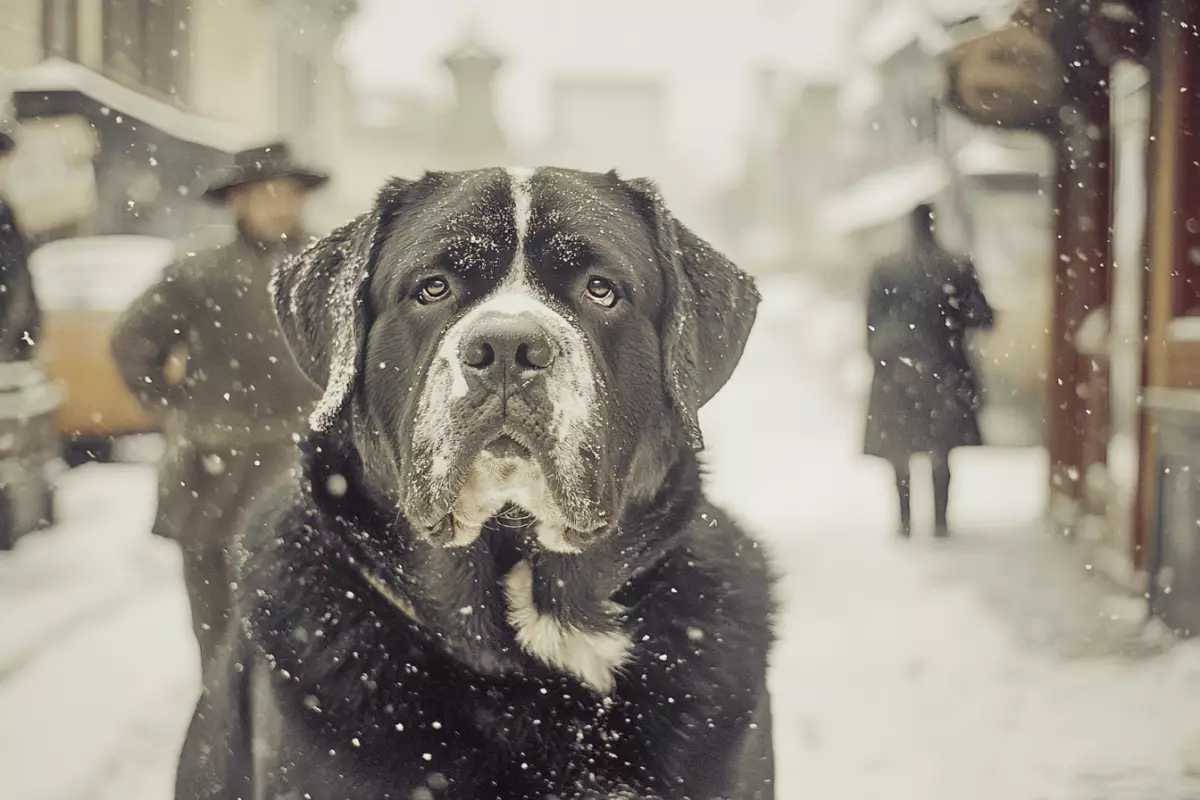The urban landscape is a dynamic tapestry, weaving together culture, lifestyle, and, significantly, the companionship of dogs. However, as cities evolve, so too do the canine companions that walk their streets. Many breeds that were once staples in the bustling life of urban environments have vanished, tracing the lines of their existence through the annals of history. With the advent of new technologies, shifting lifestyles, and changing tastes in dog breeds, we find ourselves grappling with the reality that the traits that once made certain dog breeds invaluable have faded, leaving us only with whispers of their legacy.
Throughout history, dogs have served as guardians, companions, and workers, each breed tailored to meet the needs of its time. As humanity has progressed, however, the very tasks that these heroic canines performed have been rendered obsolete. Raised in a world where modern innovations overshadow their ageless utility, many once-beloved breeds now exist solely in the realm of memory, their contributions overshadowed by advancements in security, pest control, and companionship.
The Disappearance of the Russian Tracker Dog
Take, for instance, the noble Russian Tracker Dog, once a stalwart protector of opulent estates. With its majestic golden coat and fierce loyalty, this breed was emblematic of affluence and grandeur. Yet, as contemporary security methods evolved, the desire for smaller, more manageable watch dogs took precedence. The very characteristics that once earned the Russian Tracker Dog its place in the urban hierarchy ultimately led to its downfall. Now relegated to historical texts, this regal breed serves as a reminder of how quickly the tides of preference can turn.
Similarly, the Alpine Mastiff, an imposing figure in city landscapes of yesteryears, was distinguished for its strength and protective instincts. These titans served as guardians of estates and businesses; however, with the rise of compact breeds that could offer similar protection without the burden of size, the Alpine Mastiff’s legacy slowly dwindled. Its contributions are still celebrated in breeds such as the Saint Bernard, but we must ponder: what would cities look like today if such giants roamed their streets?
Haunting Echoes of Smaller Breeds
As the fates of larger breeds were sealed through technology and changing lifestyles, the stories of some smaller breeds are no less poignant. The Paisley Terrier, a cherished lapdog that graced the laps of high-class urban dwellers, succumbed to the overshadowing charm of the Yorkshire Terrier. This small canine, with its luxurious coat, found itself erased from the pet scene, leaving behind only traces in the lineage of its modern cousins.
The plight of the Braque du Puy, a graceful partner to urban hunters, is another tale that exemplifies the impact of societal evolution. Bred for agility, this hunting dog found itself out of place in an era where city hunting had all but disappeared. The decline of traditional urban hunting exercises an emotional grip on those who understand the deep bond between humans and their working dogs, a bond that has become distant amid the relentless march of time.
Guardians of a Different Age
Some breeds, like the Old English Bulldog, served not only as companions but also as participants in a cruel world of spectacles. Originally bred for bull-baiting, these muscular dogs were once a common sight in city arenas. However, as societal values shifted toward greater compassion for animal welfare, the Old English Bulldog found itself eclipsed, morphing into the more domesticated version we recognize today. This transformation prompts a stirring reflection on the nature of change—how our values can reshape both the animal kingdom and our interactions with it.
Another notable extinction is the Tahltan Bear Dog, which once roamed the wilderness and urban settlements alike, accompanying indigenous tribes in their hunts. As hunting practices morphed in the wake of modernization, this fearless companion lost its place in active roles. Its narrative signifies how the disappearance of particular lifestyles often corresponds with the fate of regional breeds.
Urban Myths and Legends
As we examine the legacies of these vanishing breeds like the St. John’s Water Dog and the Hare Indian Dog, we uncover bittersweet stories of utility and companionship. Each breed carries with it tales of ingenuity and sacrifice, serving as essential links between distant lands and city dwellers. The creative adaptations made by these dogs speak volumes about their intelligence and loyalty, yet now we are left with mere echoes of their presence.
Urbanization and technological advancements continuously reshape our relationship with the canine world. Commonplace roles once filled by these extraordinary breeds have given way to new norms, as smaller and more adaptable breeds become the new faces of urban companionship. As others rise, we must confront the sadness of those that have faded into obscurity and vigilantly recall their stories. It is through these narratives that we can connect with our past and ensure that these noble canine companions are never forgotten.

